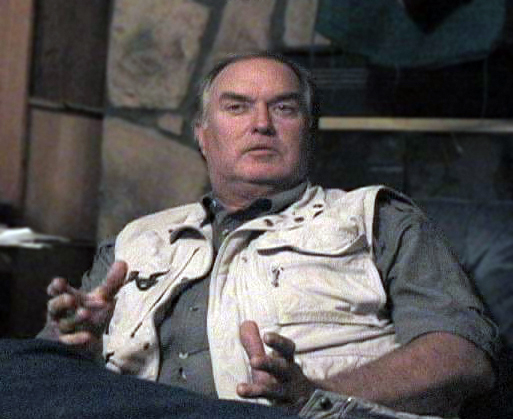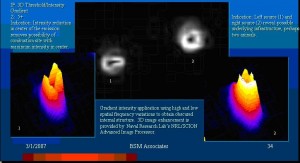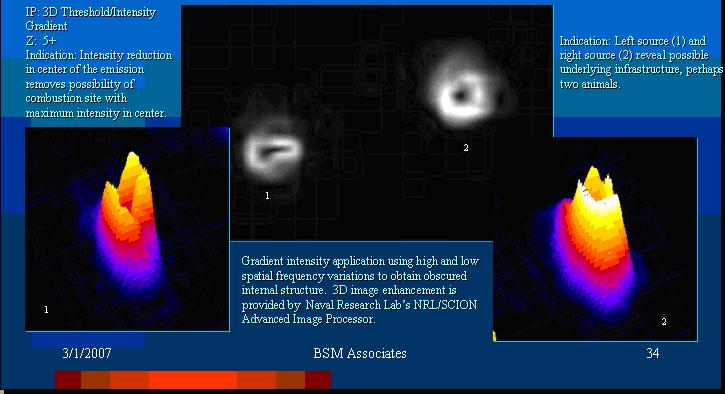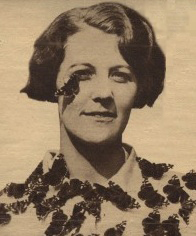A new expedition is awaiting funding, with a possible commencement-date in October, 2013. Paul Nation is planning his fifth expedition in Papua New Guinea, and it will be his third one in the deep interior of the mainland; but he needs the funds, so donations are very welcome (use link above on “new expedition”).
Paul Nation was interviewed at his home, by Jonathan Whitcomb, soon after Paul’s 2006 indava expedition in which he videotaped two indava lights
The following are excerpts from the second edition of Searching for Ropens:
Although Paul had been absent from Papua New Guinea since 2002, his advice had supported both 2004 expeditions, and the first edition of my book rekindled his desire to find a ropen. He learned that Jacob Kepas had seen similar creatures on the mainland, on Easter Sunday of 2005, as the creatures flew toward the remote village of Tawa. In October, Paul set out for what became the most productive living-pterosaur search in modern history, observing more ropen-lights than all previous explorers put together and videotaping two of the lights . . .
I learned of Paul’s successes through his November 18th email: “After several days of rain Saturday cleared off and we were able to hike higher up the mountain to the ‘high garden site.’ There the national [pastor] from Bianu Village had his garden huts and we were able to set up an observation post and look into two valleys for a long distance.” . . .
. . . Jacob Kepas was in radio contact with Joseph one day, as a few men climbed up to where they could see a giant indava. Jacob recounted Joseph’s experience: “When they finished using the [binoculars] and the video camera, Joseph asked the guide there, and said, ‘What is this?’ and he said, ‘[It] normally [flies] in and out of the cave.’ When they finished getting the of the cave, they . . . . called me [Jacob] on the radio and said they want me to go up and get the video camera again. . . . We walk up the mountain. . . . meet them . . . I [took the] video camera from Joseph, and I started to get a . . . of the cave . . . I saw something: I saw the creature sleep across, but it’s not moving . . . just go slow, so I don’t know; maybe that’s the real creature or just the other thing; I don’t know, but we have to keep watching.”
Later Jacob added, “When I used my binoculars, I saw . . . it had something like a wing [wings] on both sides . . . like [hiding] its head under his wing . . . and a . . . tail . . . but we cannot see really clear because it’s . . . [many] meters away; we struggled to see it clear, but it’s really high [sharp angle looking up]”
Later, Paul Nation told me that Joseph had climbed up higher and got a better view of the indava, but Jacob was too far below, with too steep an angle for good observation. Sadly, none of the video shots captured any image of the creature . . .
###
.
Encounters with “pterodactyls,” or flying creatures like pterosaurs, in North Carolina, California, Washington state, Arkansas, Ohio, and other states in the U.S.A.
Cheesman Lights and Marfa Lights
How are strange flying lights seen in New Guinea, in the 1930′s, related to strange flying lights seen recently near Marfa, Texas? Many of the CE-III Marfa Lights . . . fly horizontally at low altitude; the lights observed by the British biologist Evelyn Cheesman, deep in the interior of the mainland of what is now Papua New Guinea, were seen in a horizontal line.
.
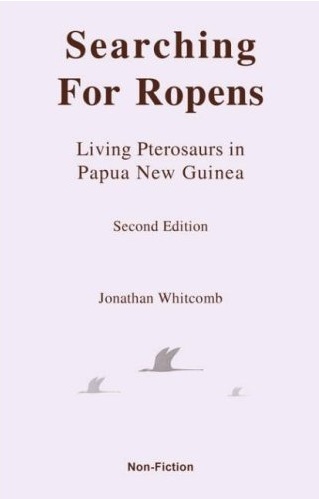
Searching for Ropens, second edition, by Whitcomb
On July 20, 2013, this nonfiction cryptozoology book was ranked #26 for the following kinds of books on Amazon:
Professional & Technical > Professional Science > Biological Sciences > Animals > Dinosaurs
The first chapter of the second edition, opening paragraph:
It looked like a dead pterodactyl: not fossil bones but with skin, like it had died recently. Could these creatures, non-extinct, still fly? Although I never verified the authenticity of the photograph in the soon-forgotten library book, this idea—living pterodactyls—would be awakened four decades later, plunging me into the most dramatic adventure of my life: exploring a remote tropical island, searching for giant living pterosaurs.
.



